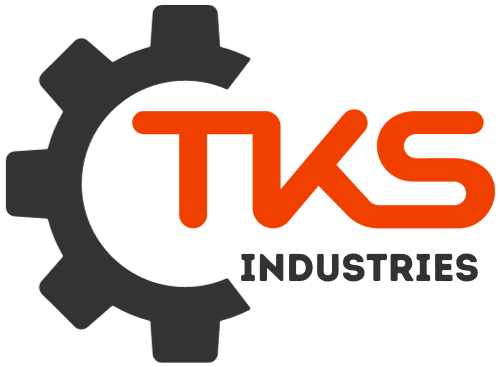[ad_1]
The Ultimate Guide to Machine Learning Solutions: Unlocking Your Data’s Potential
Machine learning (ML) has emerged as a transformative force across industries, empowering businesses to extract valuable insights from data and automate complex processes. From personalized recommendations to predictive maintenance, ML solutions offer a wide range of applications with the potential to revolutionize the way we live and work.
This guide delves into the world of machine learning, providing a comprehensive overview of its key concepts, benefits, and application areas. Whether you’re a seasoned data scientist or just starting to explore the possibilities of ML, this guide will equip you with the knowledge needed to unlock your data’s potential.
Understanding Machine Learning:
At its core, machine learning is a subset of artificial intelligence (AI) that enables systems to learn from data without explicit programming.
Types of Machine Learning:
- Supervised Learning: Algorithms learn from labeled data, where each data point is associated with a known outcome. This allows the model to predict outcomes for new, unseen data. Examples include:
- Classification: Categorizing data into predefined classes (e.g., spam detection).
- Regression: Predicting a continuous value (e.g., stock prices).
- Unsupervised Learning: Algorithms discover patterns and structures in unlabeled data. This is useful for tasks like:
- Clustering: Grouping similar data points together (e.g., customer segmentation).
- Dimensionality Reduction: Simplifying complex data by reducing the number of features.
- Reinforcement Learning: Agents learn through trial and error by interacting with an environment and receiving rewards or penalties based on their actions. This is used in applications like:
- Game playing: Training AI agents to play games at a superhuman level.
- Robotics: Enabling robots to learn complex tasks through interaction.
Benefits of Machine Learning:
- Improved Accuracy and Efficiency: ML models can often outperform traditional methods in tasks involving pattern recognition and prediction.
- Automation of Tasks: Repetitive tasks can be automated, freeing up human resources for more strategic initiatives.
- Data-Driven Insights: ML unlocks hidden patterns and relationships in data, enabling better decision-making.
- Personalization: ML enables personalized experiences for customers, such as tailored recommendations and dynamic content.
Machine Learning Applications:
The applications of machine learning are vast and continuously expanding. Some key areas include:
- Healthcare: Disease diagnosis, drug discovery, personalized treatment plans.
- Finance: Fraud detection, risk assessment, algorithmic trading.
- Retail: Recommendation systems, customer segmentation, inventory optimization.
- Manufacturing: Predictive maintenance, quality control, process optimization.
- Transportation: Self-driving cars, traffic optimization, route planning.
Getting Started with Machine Learning:
- Choose the right tools: Python is a popular language for ML, along with libraries like scikit-learn, TensorFlow, and PyTorch.
- Acquire data: Obtain relevant and high-quality data for training your models.
- Explore different algorithms: Experiment with various ML algorithms to find the best fit for your problem.
- Evaluate and iterate: Continuously evaluate your models and make adjustments to improve performance.
This guide provides a foundational understanding of machine learning solutions. As the field continues to evolve, it’s essential to stay updated on the latest advancements and explore emerging trends. Embracing machine learning can empower your organization to transform data into actionable insights, driving innovation and achieving competitive advantage.
[ad_2]
